A comparison between AMD’s Radeon RX 6900 XT and Nvidia’s GeForce RTX 3080 offers a pretty leveled field. The 6900 XT eclipses the 3080 in some aspects, while in others, the 3080 dominates. If you want to find out more about the specifics, keep reading this 6900 XT vs 3080 comparison.
6900 XT vs 3080 – Quick Comparison
The RTX 3080 was the flagship graphics card of team green’s (Nvidia) RTX 3000 series when it came out and was hard to compete with for team red (AMD). They managed to pull it off, and two years later, they went even further by releasing the 6900 XT.
| Specs | Radeon RX 6900 XT | Nvidia RTX 3080 |
|---|---|---|
| GPU | Navi 21 XTX | GA102-200-KD-A1 |
| Interface | PCIe 4.0 x16 (3-slot) | PCIe 4.0 x16 (2-slot) |
| Architecture | Navi / RDNA2 (2020-2022) | Ampere |
| GPU Cores | 5,120 Stream Processors | 8,704 CUDA Cores |
| TMUs/Tensor Cores | 320 | 272 |
| RT Cores | 80 (Ray Tracing Accelerators) | 68 Gen 2 RT cores |
| Base Clock | 1,825 MHz | 1,440 MHz |
| Boost Clock | 2,250 MHz | 1,710 MHz |
| Memory | GDDR6 | GDDR6X |
| Memory Size | 16 GB | 10 GB |
| Memory Speed | 2,000 MHz (16 Gbps) | 1,188 MHz (19 Gbps) |
| Bandwidth | 512.0 GB/s | 760.3 GB/s |
| Memory Bus | 256-bit | 320-bit |
| TDP (Founders Edition) | 300 Watt | 320 W |
| Required PSU (Founders Edition) | 700 Watt | 750 W |
| Recommended PSU (Founders Edition) | 850 Watt | 800 Watt |
| Outputs | 1x HDMI 2.1 2x DisplayPort 1.4a 1x USB Type-C | 1x HDMI 2.1 3x DisplayPort 1.4a |
| Price | Check Price on Amazon | Check Price on Amazon |
RX 6900 XT
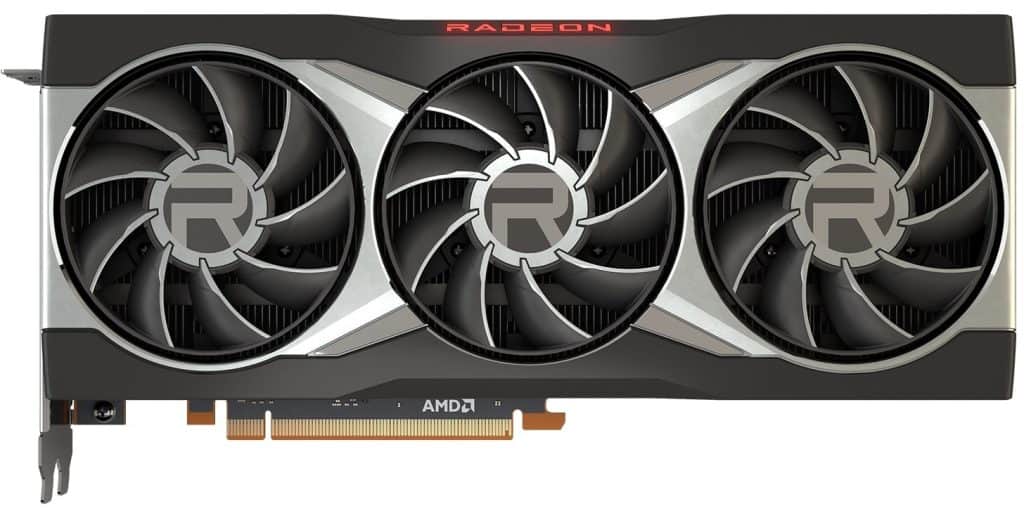
AMD, a Silicon Valley-based company with over half a century of experience, is a world leader in both CPU and GPU development. While AMD’s CPUs have always been able to compete with the competition, they’ve struggled with their high-end GPUs for some time until the Radeon RX 6000 series.
The 6900 XT Founders Edition (FE), much like other cards from the series, sold out upon its release and saw its prices skyrocket. Today, you can choose between the FE version and many others from third-party manufacturers, any of which guarantee a superb gaming experience and a lot of raw GPU power.
Pros
- Excellent 4K gaming
- Smart Access Memory
- 16 GB VRAM
- High clock speeds
Cons
- 3-slot
- No dedicated Ray Tracing Cores
RTX 3080
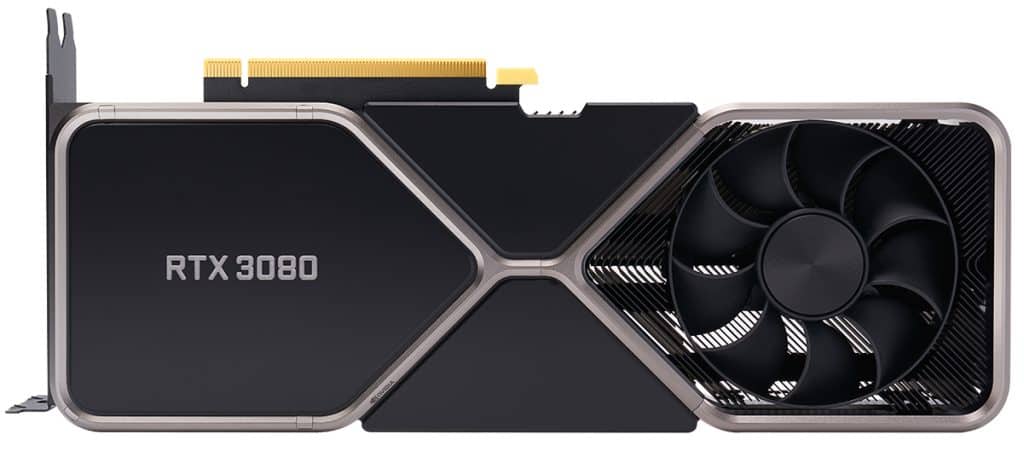
Nvidia, the other global leader in GPU development, never diverted from GPUs and has been offering us the best in GPU capabilities since it started almost 30 years ago. The computational capability of their GPUs powers much more than your favorite game, as they are the backbone of many AI development projects.
The RTX 3080 was the flagship model of the RTX 3000 series and was barely matched by team red’s flagship and the 6900 XT’s predecessor. It also sold out, leaving a void on the market after its release that doubled the prices of those RTX 3080 cards still available for purchase. Thankfully, that buzz has died down, making room for a drop in prices and a rise in availability.
Pros
- Excellent 4K gaming
- GDDR6X VRAM
- Dedicated Ray Tracing Cores
- Price
Cons
- No USB-C
- Low clock speeds
6900 XT vs 3080 – Key Specifications
Architecture
AMD’s RDNA2 architecture was introduced in 2020 and can be found in the Playstation 5 and XBOX Series S and X apart from the RX 6000 series from AMD. Numerous technologies are featured in the RDNA 2 architecture, such as AMD Infinity Cache and Smart Access Memory.
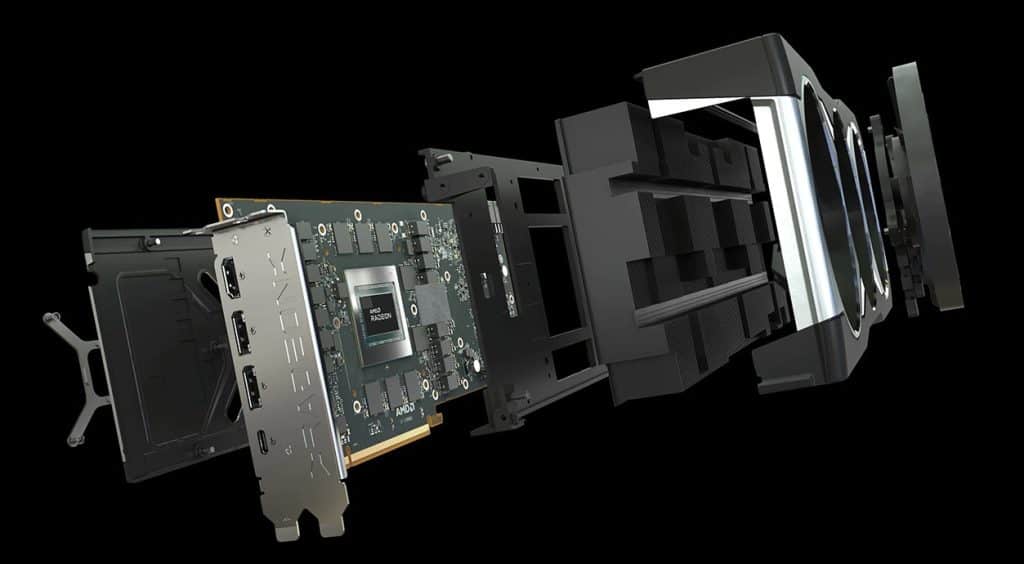
Until the release of Smart Access Memory, CPUs could access GPU VRAM in 256-bit blocks. SAM changed this, allowing access to the entire VRAM, boosting speeds and performance drastically. Nevertheless, even with SAM and Infinity Cache, the 6900 XT only has a bandwidth of 512 GB/s, two-thirds of Nvidia’s 720 GB/s in the RTX 3080.
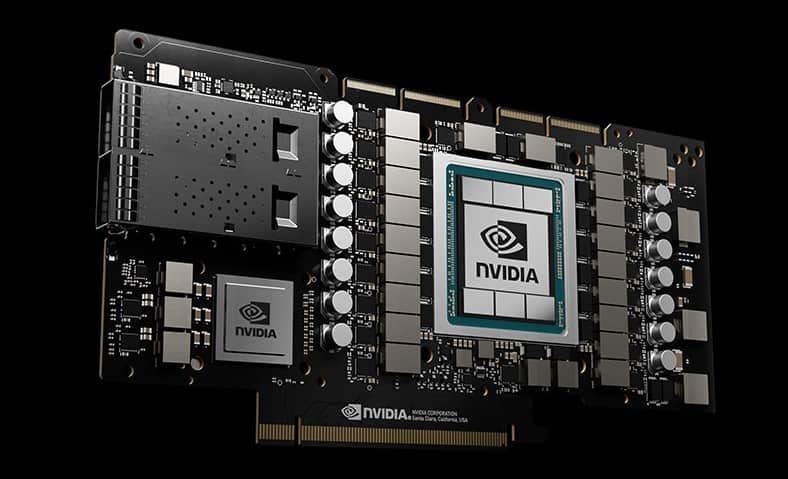
The RTX 3080 is based on Nvidia’s Ampere architecture, one of the fastest architectures available. It was designed with much more than gaming in mind, as Nvidia’s GPU technology powers developments in AI, machine learning, predictive medicine, and much more.
Winner: RTX 3080
Clock Speeds and Overclocking
Clock speed is the speed at which the GPU cores operate. This can be tweaked to achieve higher speeds and, thus, better results, but it can also damage your card. Generally, the RX 6000 series has faster speeds than the RTX 3000 series, and this is the case here as well.
The 6900 XT has a base speed of 1,825 MHz and a boost speed of 2,250 MHz. The RTX 3090 has a base speed of 1,440 MHz and a boost speed of 1,710 MHz. These are preset speeds that can be risen by manual overclocking.
| RX 6900 XT | Boost Clock | RTX 3080 | Boost Clock |
|---|---|---|---|
| ASUS ROG STRIX LC RX 6900 XT GAMING TOP | 2,525 MHz | ASUS ROG STRIX RTX 3080 GAMING OC | 1,905 MHz |
| GIGABYTE AORUS RX 6900 XT Xtreme WaterForce WB | 2,525 MHz | ASUS ROG STRIX RTX 3080 GUNDAM | 1,905 MHz |
| Sapphire TOXIC RX 6900 XT Extreme Edition | 2,525 MHz | ASUS ROG STRIX RTX 3080 V2 GAMING OC | 1,905 MHz |
| XFX Speedster ZERO RX 6900 XT WB | 2,525 MHz | Colorful iGame RTX 3080 Vulcan X OC | 1,905 MHz |
| XFX Speedster MERC319 RX 6900 XT Limited | 2,495 MHz | GIGABYTE AORUS RTX 3080 XTREME | 1,905 MHz |
You can manually overclock your GPU using software such as AMD’s software (for the 6900 XT) and Nvidia’s software for the 3080, or MSI Afterburner for both. If you choose to do this, always remember to raise the fan speeds on your card. You can irreparably damage your card if you overheat it.
Winner: 6900 XT
Cores
The main GPU cores of these cards are parallel processors, much like your CPU has two, four, or eight cores. The difference is that GPU cores number in the thousands — 5,120 (6900 XT) vs 8,704 (RTX 3080), to be exact. These are high numbers, which is why GPUs power so many high-tech operations, such as AI research and crypto farms.
The RTX 3000 Ampere series features Ray Tracing Cores, cores that are specifically dedicated to ray tracing. The RDNA 2 architecture uses ray tracing accelerators to do the same, which means that part of the main GPU cores handles the calculations required by ray tracing, essentially slowing the GPU down.
Winner: RTX 3080
VRAM and Memory Specs
The original 3080 was released with 10GB of DDR6X VRAM, and a later version offered 12GB. GDDR6X is a faster type of VRAM than regular DDR6. This is evident in the memory speed. The 6900 XT has a 2000 MHz memory speed, yet it has an effective data transfer speed of 16 Gbps. The 3080 only has 1,188 MHz but has an effective speed of 19 Gbps.
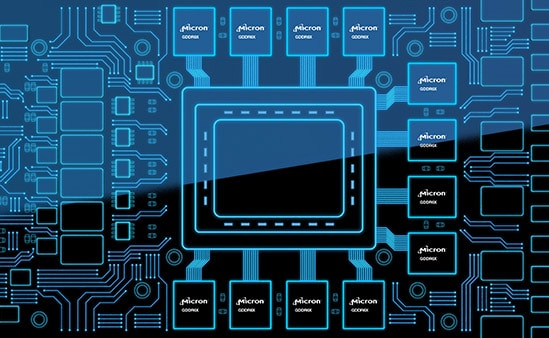
AMD compensates for this with 16GB of VRAM, which is a lot. This, coupled with the overclocking possibilities offered by the 6900 XT, make it able to offer performance at levels of the RTX 3080 and above. Nevertheless, I feel that 16GB should offer a lot more than 10GB does, and yet, that’s not the case.
Winner: Draw
Shaders, RT cores, and TMUs
AMD (and others) call them “Stream processors.” Nvidia calls them CUDA cores. Whatever you call them, they are responsible for almost every calculation made by your GPU, whether it’s rendering a flying rocket you just fired or solving blockchain calculations in a crypto-mining operation. They are the power behind your GPU, but they don’t work alone.
Shaders play an important role as well. They are generic programs that calculate light, darkness, and color settings, and they work together with the RT cores in Nvidia cards when ray tracing is turned on. The main GPU cores handle physics, pixel placement, rendering, and other computations.
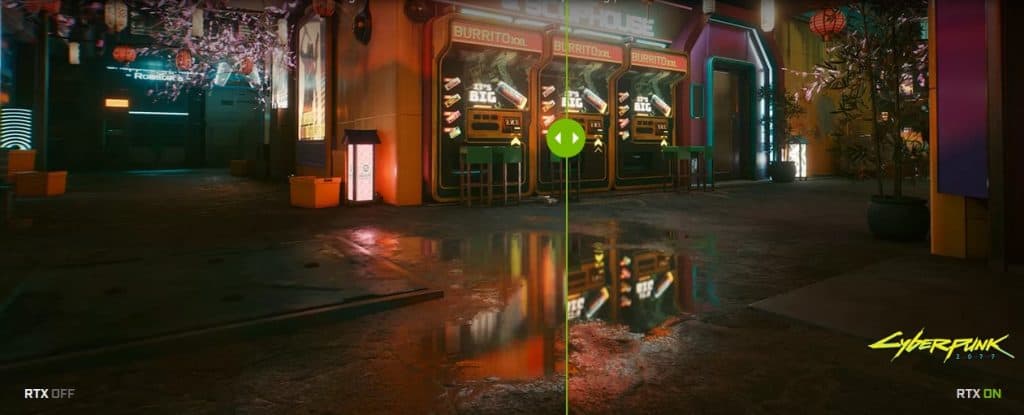
Ray tracing is a feature that simulates light and how it behaves in the real world. Shaders utilize the main processing GPU cores for their calculations, giving a bit of an edge to the 3080 due to their higher number. Ray tracing is handled by the RT cores.
TMUs, or Texture Mapping Units, are low-level components that handle textures in 3D spaces. Does a tree look like it has bark in your favorite game? Thank your TMUs for that. Without them, that bark would be all over the place every time you moved your mouse. The 6900 XT has a slight edge here, as it has more TMUs than the RTX 3080.
Winner: Draw
Performance and Resolutions
Performance is all over the place with these two cards. On average, you’ll see that the 6900 XT is faster, but the average percentage is around 2%. Artificial benchmark tests have shown that the 6900 XT is better using some apps, while the 3080 is better in others.
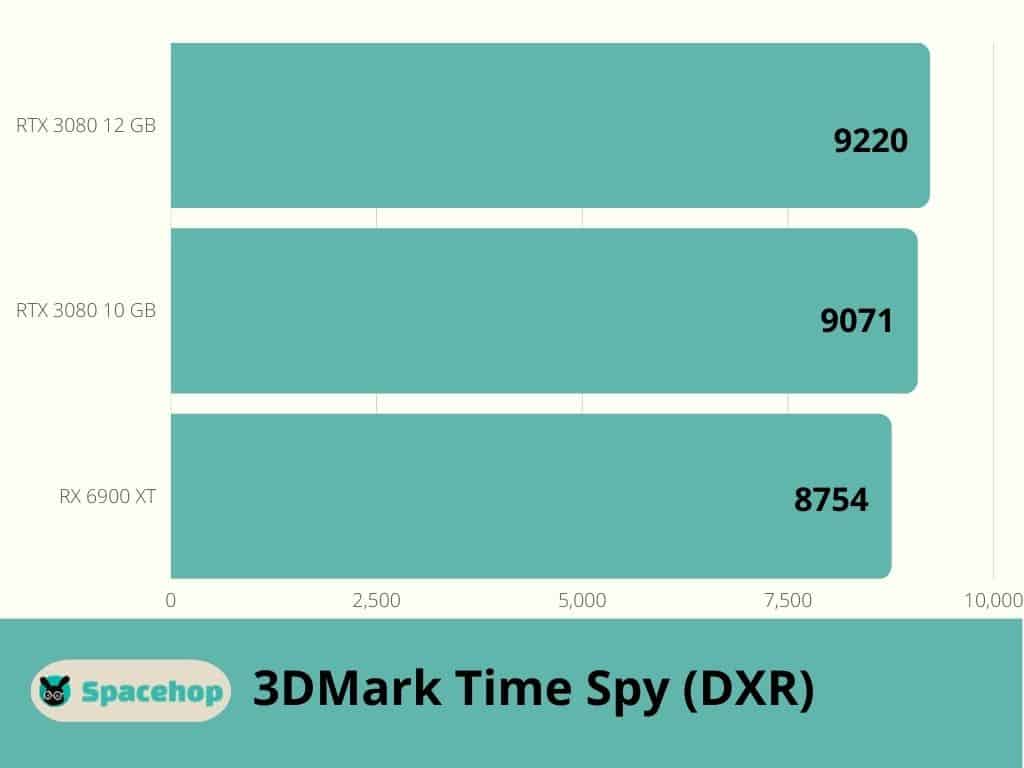
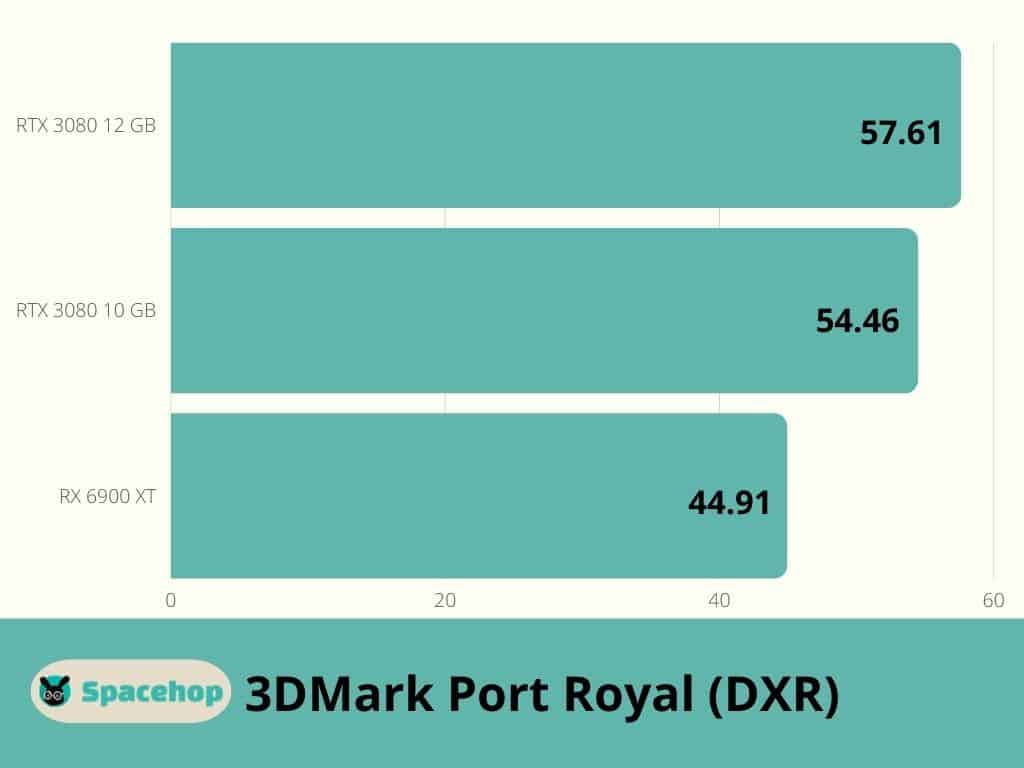
It’s the same story for game performance. The 6900 XT offers better performance in some games, while the 3080 beats it in others. Again, averages are in very slight favor of the 6900 XT, but not so much as to justify the price difference. That’s the advertised info. I like to look at user test results instead.
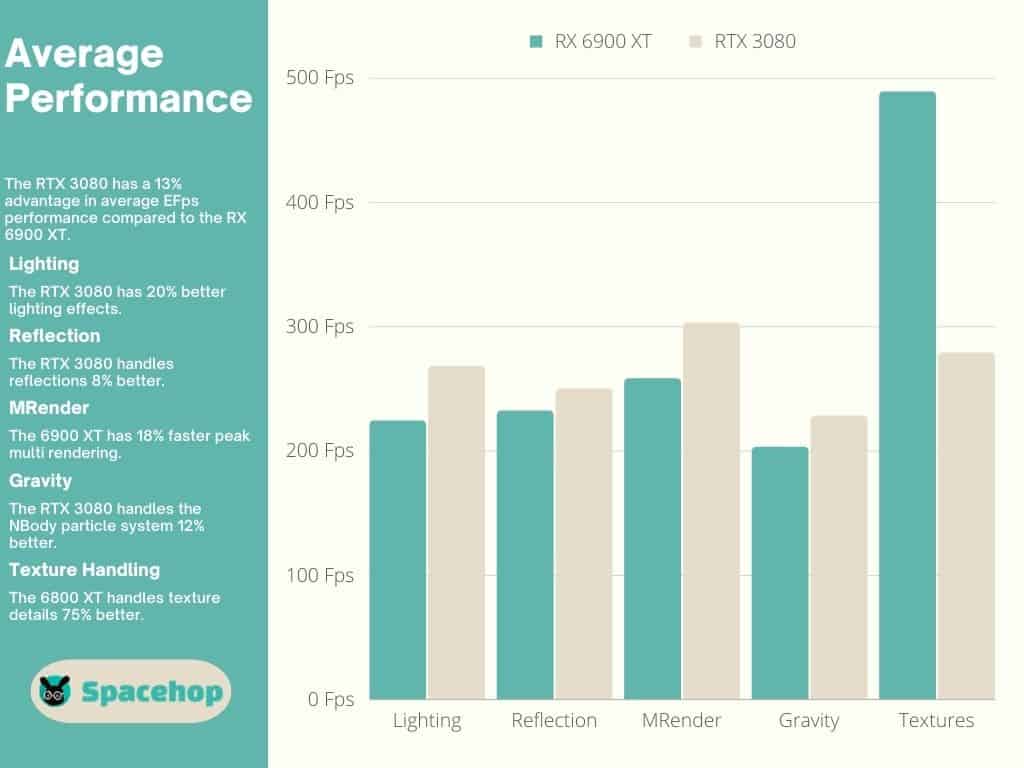
Almost 400k users show the 3080 performing better by 13% on average in real-world EFps during gaming. Their average performance is also in the 3080’s favor by a marginal 5% but as these cards are from different tiers, it’s odd that the lower-tier 3080 beats the 6900 XT (but not surprising).
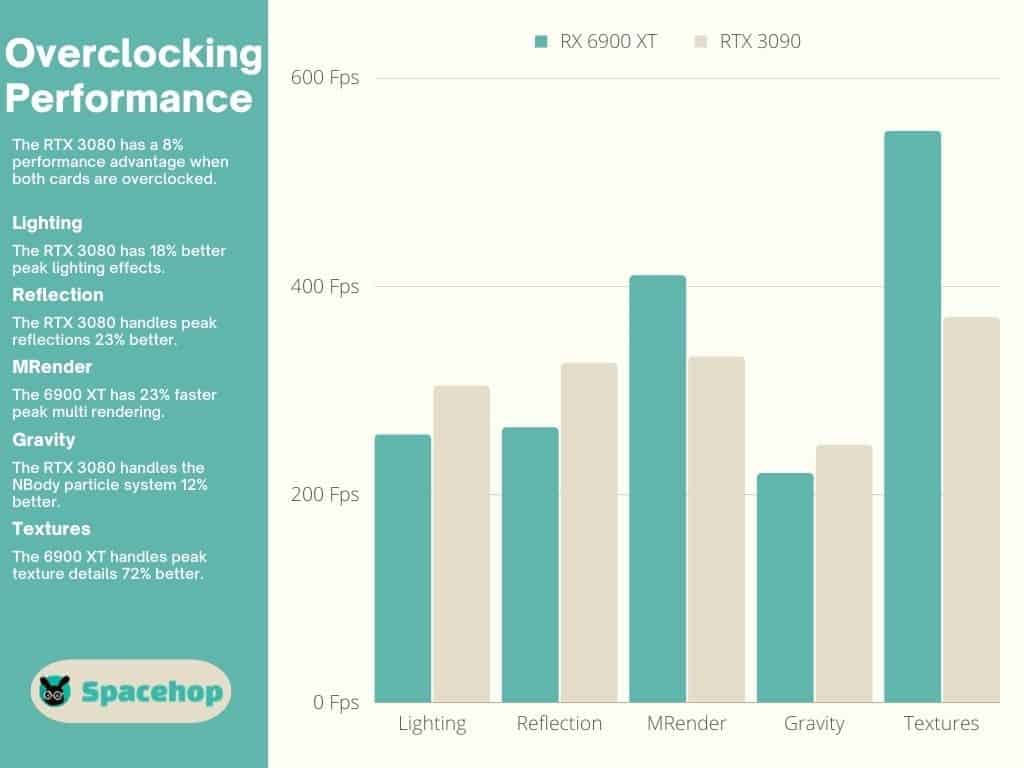
When overclocked, the RTX 3080 wins again with the 6900 XT beating it in only two segments.
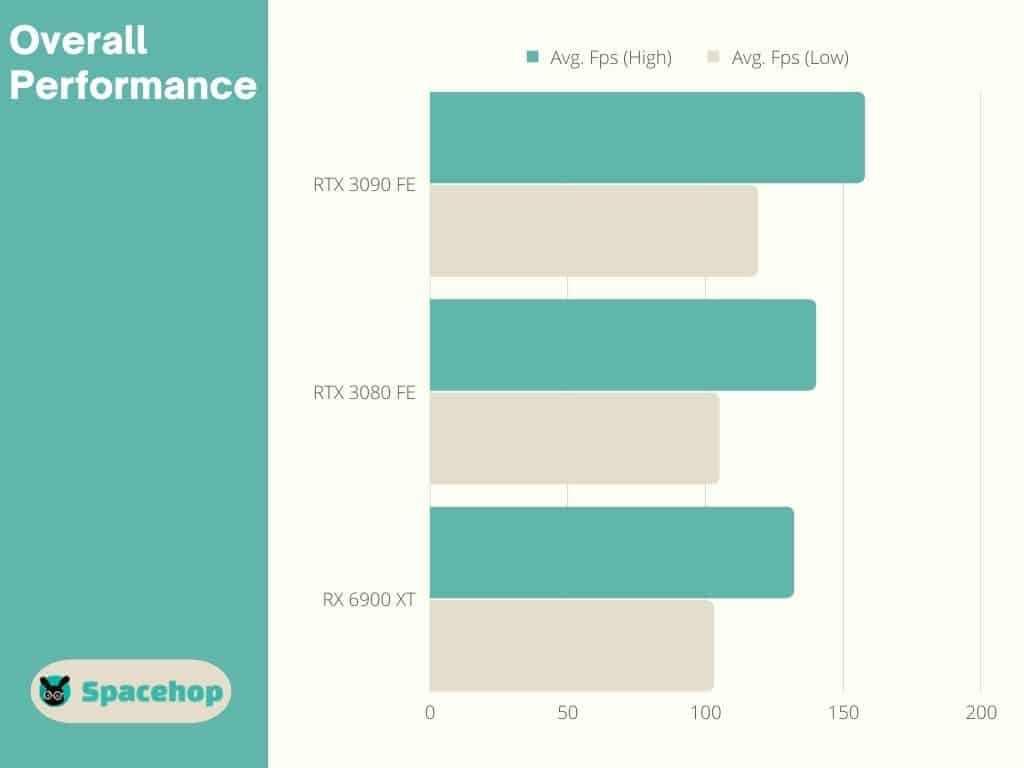
We can attribute these results to the various differences between the cards (core count, RT cores, TMUs, etc.).
Winner: 6900 XT
Connectivity
The 6900 XT has one HDMI port, two DisplayPorts, and one USB-C port. The RTX 3080 has one HDMI port and three DisplayPorts. It doesn’t feature a USB-C port. The 3080 FE featured the new 12-pin PSU connector with an adaptor. The 6900 XT FE used 2 x 8-pin connectors. Third-party manufacturers’ versions of both cards offer various pin connectors.
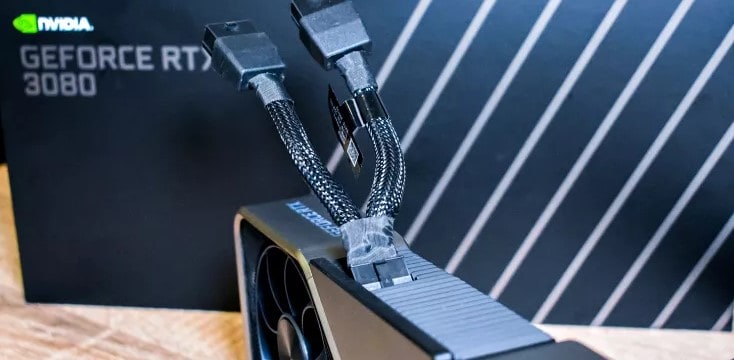
You can find a list of the various RTX 3080 cards here, along with many other specifics (pin numbers as well) about them. The 3080 FE had a diagonally protruding 12-pin connector, something I found very handy in my build due to the sheer size of the card.
Winner: Draw
TDP
TPD stands for Thermal Design Power and is a measurement of the maximum power a subsystem is allowed to use. In this case, the subsystem is your graphics card, and TDP is how much power it can use from your PSU. It’s also how much heat a component can handle.
Both power consumption and the heat levels differ depending on load, clock speeds, your PC case and ventilation, number of fans, etc. You can see the Founders Edition comparison in the images below.
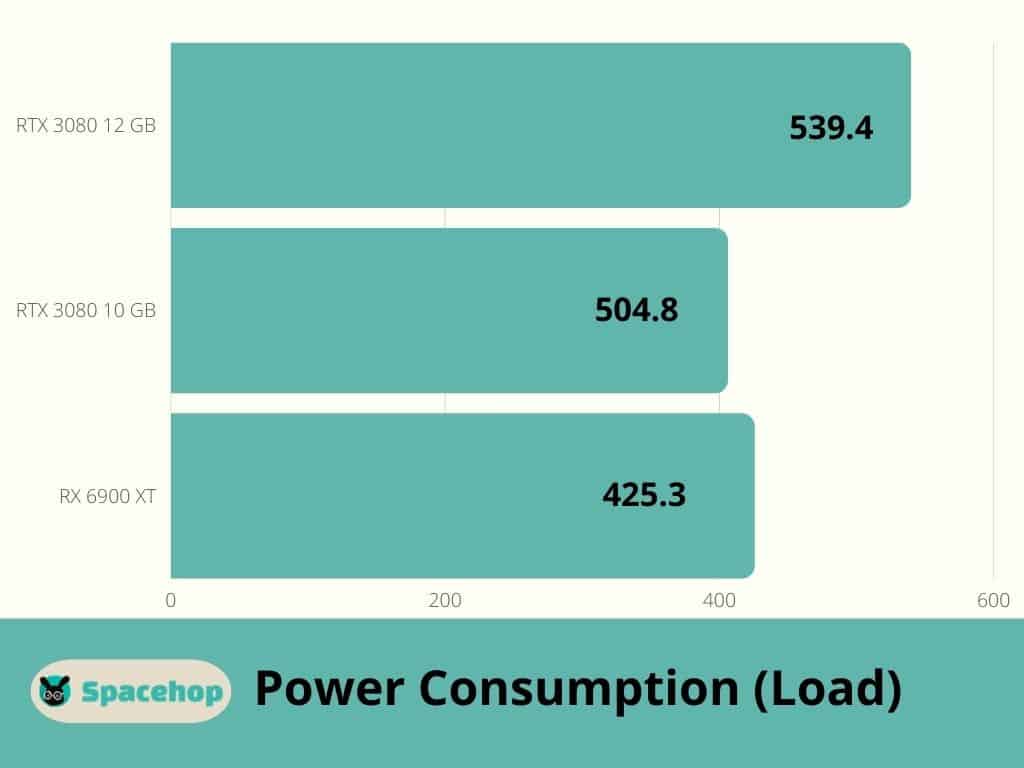
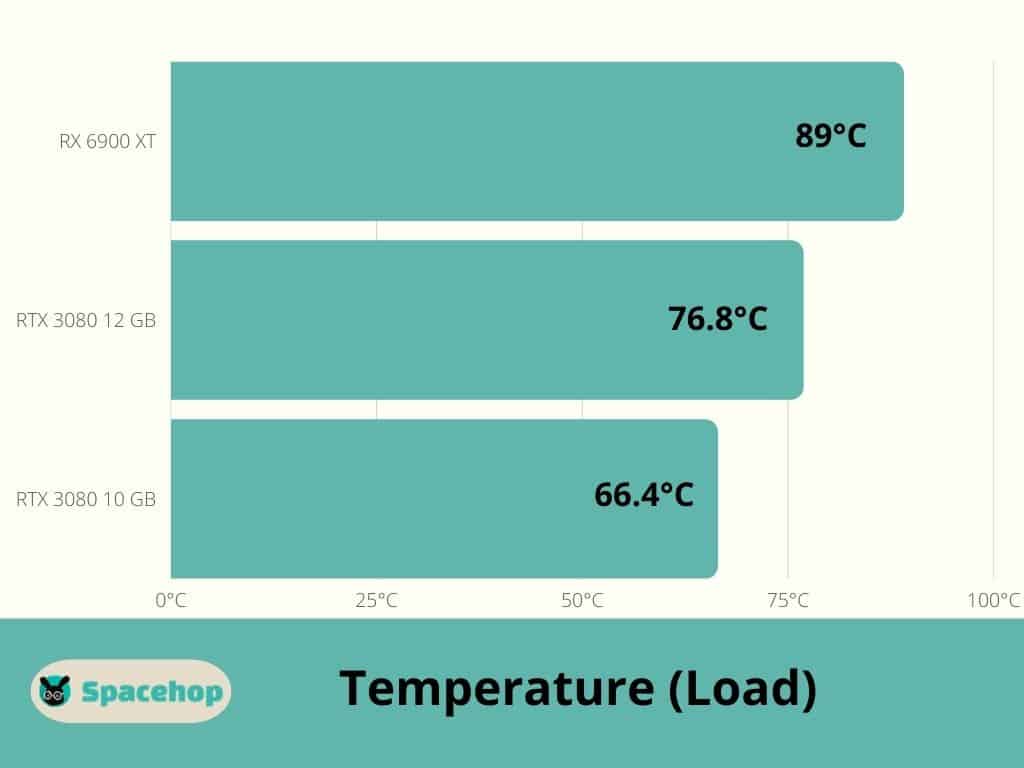
Generally, Nvidia cards consume more power than AMD cards but dissipate their heat better as well. Of course, temperatures depend on build and fan numbers, but the changes in results are minuscule.
Winner: 6900 XT
Also Read: [Complete Guide] How to Undervolt your CPU and GPU [SAFE]
Design and build
Even though these cards look cool, who cares about their design, right? Well, design and build are important factors when considering cooling and airflow within your PC case. The 6900 XT FE version offered no vents on its back, so hot air stays trapped within your case. Not the case with the 3080 — its fans vent air through the back of the card and out of your case.
Third-party versions differ from the FE versions, and so do their fan numbers, lengths, heat sinks, etc. Be careful when choosing a manufacturer version of these cards — many come already overclocked, so be sure they can handle the heat within your PC case. Also, the 6900 XT is a 3-slot card, so you’ll have to accommodate it in your PC case.
Winner: RTX 3080
Also Read: GPU Fans Not Spinning: Common causes and how to fix!
6900XT vs 3080 – Standout features
Nvidia’s Ray Tracing Cores make all the difference. They free up the main cores of the GPU to conduct other calculations while they handle ray tracing, an increasingly more popular technology that we will see a lot of in games to come.
Pricing and Availability
The 6900 XT Founders Edition was released with an MSRP of $999, which has risen and fallen significantly since then. You can order yours here. You can also find many other versions from third-party manufacturers such as MSI, GIGABYTE, ASUS, and many others on Amazon.
The RTX 3080 Founders Edition was released with an MSRP of $699, not so much, all things considered. You can grab yours here. Many versions exist, as they do for the 6900 XT, and they vary in overclocking, fans, and size. Prices are all over the place for these cards, so see for yourself. You can find MSI, ASUS, and GIGABYTE versions, as well as many others.
RTX 3080 prices also differ depending on whether you opt for the 10GB or 12GB versions.
Conclusion
What I’ve learned while writing this RX 6900 XT vs RTX 3080 comparison is that the price difference is not justified. Initially or currently. Generally, the 6900 XT was, and still is, more expensive than the RTX 3080 by more than a bit, yet their performance is not that different.
Honestly, if I were choosing between the 6900 XT and the 3080 for myself, I’d go for the cheaper card due to their almost leveled performance. But that’s just me.